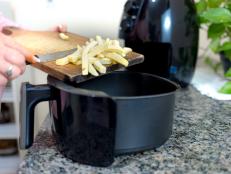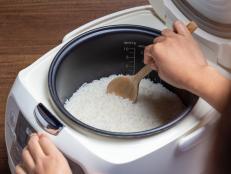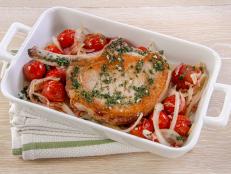What Is an Induction Cooktop?
Plus, we dive into the pros and cons of cooking on an induction stove.
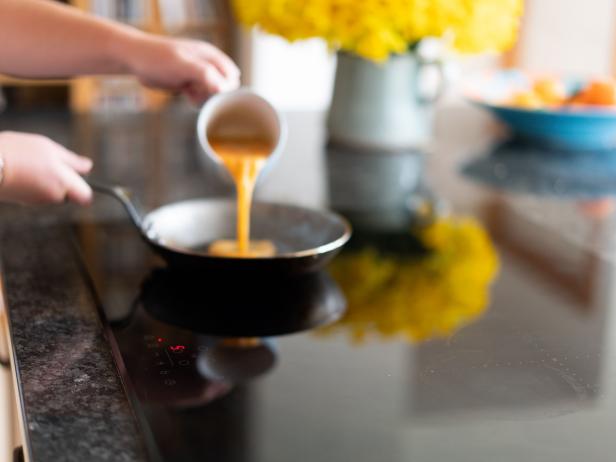
OwenPrice/Getty Images
By Fraya Berg for Food Network Kitchen
Fraya is a chef and a contributing writer at Food Network.
If you’re considering an induction cooktop for your next new stove, you probably want to know what they are, how they work and most importantly, whether or not you will have to buy all new pots and pans if you get one. We can answer most of your questions except the one about pots and pans - we don’t know what you already have. But you’ll be able to answer that question yourself when you read on.
What Is an Induction Cooktop?
An induction cooktop is a glass-topped magnetic heat source for cooking. It can be a flat unit that fits smoothly into your counter, a freestanding stove or range or a slide-in. Anywhere you have either a gas or a standard electric unit can be fitted for induction. Induction cooktops have been available for home use since the early 1970s, and now make up about 10% of new stoves sold.
In the plus column: the cooktops are made from flat glass that is easy to clean, they're more energy efficient than gas or electric and they give you extremely precise and consistent temperature control. The cooktop itself doesn’t heat up, meaning the stove is safer than gas or standard electric. Instead, just the pots and pans get hot, and they do so immediately. This means that water boils in half the time it would on a gas or electric stove.
In the minus column: the initial hefty price tag of the cooktop, the fact that the glass surface can (and most probably will) scratch, the need to possibly replace your pots and pans if they aren’t magnetic and the adjustment period it'll take you to learn how to cook on the new surface. Although the latter drawback is the case if you switch from gas to electric or vice versa, so we can’t single out induction for that entirely.

pashapixel/Getty Images
How Does an Induction Cooktop Work?
The short story is: induction burners work by electrons and magnetic magic. Here’s the longer story. Induction cooktops run electricity through copper coils that are centered under the circles that indicate where the burners are. The electricity creates a magnetic field. When magnetic pots and pans are placed on the cooktop, the molecules in them move so rapidly that the pot or pan (and not the burner) becomes hot. If you put a very small pot of water on the largest burner, the pan will get hot and the water will boil, but the area around the little pot inside the big burner will not be hot. Remove the pan from the cooktop, and the molecules in it will immediately slow down, meaning the pan will cool quickly and you have very precise control over temperature.
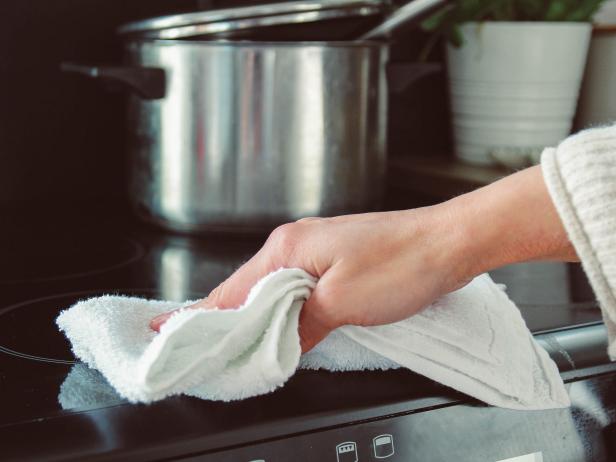
Kinga Krzeminska/Getty Images
What Is the Difference Between Electric, Gas and Induction Cooktops?
Gas and electric stoves transfer heat to pots and pans, and the food inside gets hot.
When the heat is transferred via a gas flame, not all of the heat actually hits the pan - a lot is lost to the air around the pot. That’s why you should only turn your gas burner up to the point where the flame is the same size as your pot: anything going out and up the sides is wasted. Gas stoves have the advantage of easy temperature regulation because you can immediately adjust the size of the flame, and how much heat is being transferred accordingly.
A standard electric burner is a coiled heating element that is either exposed or under a glass or ceramic top. It heats up when you turn it on, glowing red from the heat. Electric burners can get very hot, often hotter than a standard gas burner. The drawback to an electric burner is that it takes longer to heat up and cool down when you change the temperature. The heating up time isn’t as worrisome as the cool-down time: turning an electric burner from high to low doesn’t mean you are instantly on low. It takes time to get there because the burner retains so much heat, and you may over-cook or burn what you’re cooking.
Is an Induction Cooktop the Same Thing As a Glass Cooktop?
All induction cooktops are glass, but not all glass cooktops are induction. There are many smooth black glass standard electric cooktops out there. The way to tell which is you have is to turn a burner on. The electric burner will glow red and you’ll feel the heat emanating from it. The induction burner won’t get hot and the LED on the control panel will probably flash an alert.
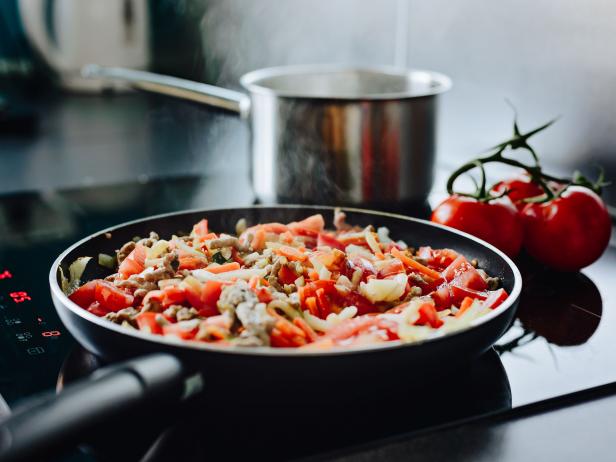
djedzura/Getty Images
Which Pans Work On Induction?
Pans that work on induction cooktops must be magnetic. As a rule of thumb, these types of pans work with induction: cast iron (including enameled cast iron pieces, like a Le Creuset Dutch oven), steel, magnetic stainless steel (that contain a layer of iron) and carbon steel. All you need to determine whether your pots and pans are compatible with an induction cooktop is a magnet. If it sticks, you're good to go. If not, your pans are probably aluminum and won’t work. Many nonstick pans have aluminum bottoms and don't work on induction.
What Is an Induction Burner?
An induction burner usually refers to a single portable burner that can be used anywhere you can find electricity. Purchasing an induction burner is a great way to decide if you like induction cooking. The 1800W units are readily available for less than $60 and are handy to have around. Having an extra burner to plug in is useful when you're maxing out your stove with lots of cooking, or you can also place it in the center of a dinner table, turn it on low, and keep a soup or stew warm throughout a meal.
Recipes For Any Cooktop

Tara Donne
Here's a perfect first recipe to make when you get an induction burner: it cooks on low, but doesn’t take that much time because it’s seafood.
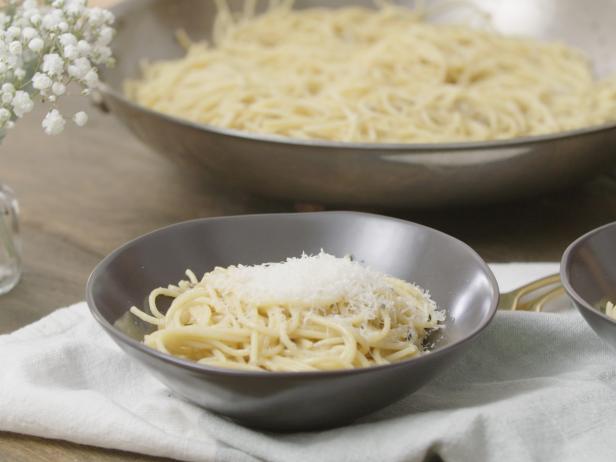
Literally translated from the Italian, this dish's name means "cheese and pepper pasta." There’s a bit of butter and olive oil, too.
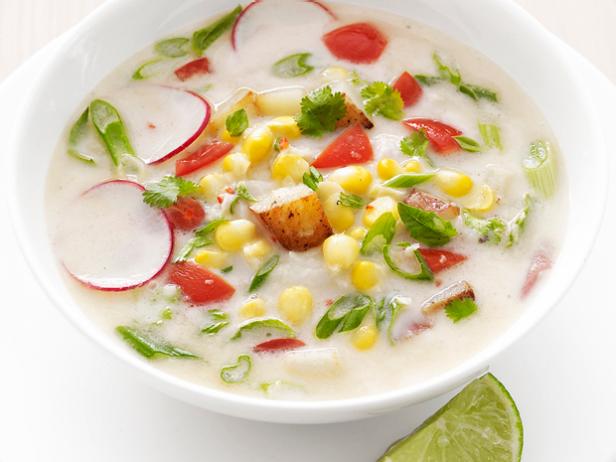
Here, an old school method of making broth from corn cobs with a new school Thai flavor combo. Definitely on the honor roll.

More than 200 people have reviewed our Shrimp Scampi and have loved it. We’d love to add your review to the list.

Matt Armendariz, 2013, Television Food Network, G.P. All Rights Reserved
Some recipes for stroganoff skip the tomato paste - it’s only 1 tablespoon. We don’t because it’s the way it’s supposed to be.
Related Links:

























